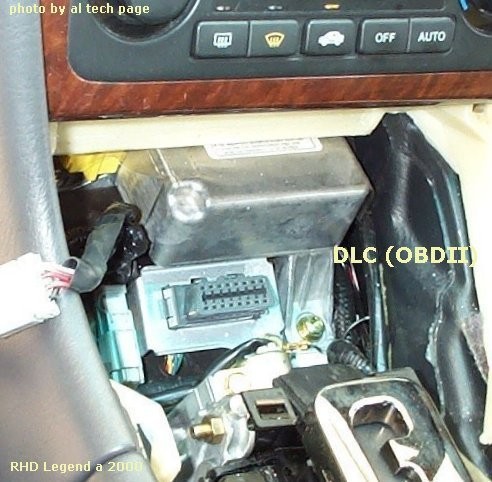The OBD2 port in a 1999 Honda CRV can be a bit tricky to find. It’s not always in the most obvious spot, and some confusion exists around its location. This article clarifies where to find the OBD2 port in your 1999 Honda CRV.
The OBD2 port on a 1999 Honda CRV is typically located beneath the driver’s side dashboard, to the left of the steering column, near the fuse box. It’s a female, 16-pin connector. However, its exact position might vary slightly depending on the specific trim level and whether the vehicle is left-hand or right-hand drive.
 alt text: A close-up view of an OBD2 port connector.
alt text: A close-up view of an OBD2 port connector.
Sometimes, the port might be hidden behind a panel or tucked away in a less accessible area. Don’t be discouraged if you don’t see it immediately. Use a flashlight to illuminate the area thoroughly. You might need to feel around for the connector, as it can sometimes be recessed.
If you’re still having trouble locating the port, consulting your owner’s manual can provide a diagram or more specific instructions for your particular model. Online forums dedicated to Honda CRVs can also be valuable resources, offering advice and photos from other owners who have encountered the same issue.
While the OBD2 port is the standard method for retrieving diagnostic codes, alternative methods might exist for your 1999 CRV.
Some older Honda models allow code retrieval by jumping specific pins on a diagnostic connector. Researching model-specific procedures online can reveal these alternative methods. Remember to exercise caution when working with electrical systems.
Knowing the manufacturing location and whether your CRV is left-hand or right-hand drive can also be helpful in pinpointing the OBD2 port location. This information can usually be found using your vehicle identification number (VIN).
In conclusion, locating the OBD2 port in a 1999 Honda CRV might require a bit of searching. It’s usually under the driver’s side dash, near the fuse box. However, don’t hesitate to use resources like your owner’s manual, online forums, or your VIN to help you find its precise location. Alternative diagnostic methods might also be available for your specific model year. Remember to always consult reliable sources and proceed cautiously when working with your vehicle’s electrical system.
